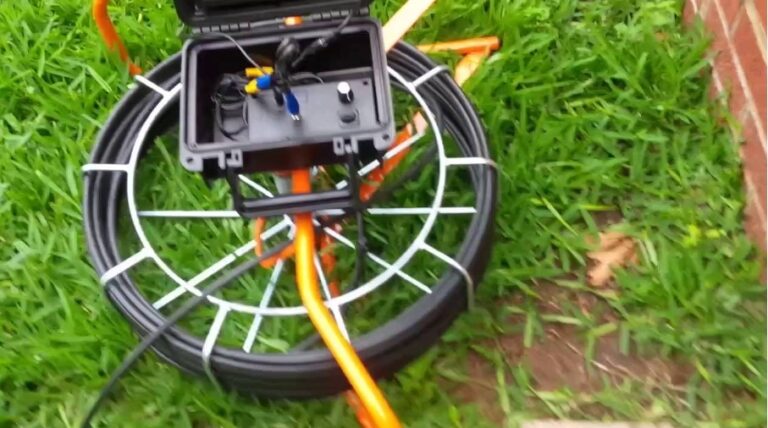The Complete Guide to Maintaining Your Battery Lawn Mower for Optimal Performance

Lawn mowing is a regular activity for many homeowners, and with the advent of battery-powered lawn mowers, the chore has become easier, more environmentally friendly, and quieter. However, like any piece of machinery, a battery lawn mower requires maintenance to keep it running smoothly and efficiently. This comprehensive guide will provide you with detailed information on how to maintain your battery lawn mower for optimal performance.
Understanding Your Battery Lawn Mower
Before diving into maintenance tips, it is important to understand the key components of your battery lawn mower:
- The Electric Motor: It powers the cutting blade and sometimes the wheels for self-propulsion.
- The Battery: Typically a lithium-ion battery that stores and provides electrical power.
- The Cutting Blade: The sharp blade that cuts the grass.
- The Chassis: The frame that holds all components together.
- The Deck: The protective cover over the blade.
- The Wheels: Allow easy movement across the lawn.
Maintenance Tasks
1. Battery Care
The heart of your battery lawn mower is the battery. Lithium-ion batteries are commonly used for their long life and ability to hold a charge. To maintain the battery:
- Charge Regularly: Charge the battery fully after each use. This helps prevent the memory effect, which can decrease battery capacity over time.
- Proper Storage: Store batteries in a cool, dry place when not in use, and avoid exposing them to extreme temperatures. Ideal storage temperatures range from 40°F to 80°F.
- Clean Contacts: Ensure the contacts on the battery and the mower are clean and free from debris. Use a dry cloth to wipe them.
2. Blade Maintenance
A sharp blade ensures a clean cut, which is healthier for your grass and presents a neater appearance.
- Sharpening: Sharpen the blade at least once a season or after about 25 hours of use. You can do this yourself with a file or grinder, or have it professionally sharpened.
- Replacement: Replace the blade if it is bent or has major nicks that cannot be fixed with sharpening.
- Cleaning: Remove grass clippings and debris from the blade after each use. This prevents rust and ensures a clean cut.
3. Cleaning and Inspection
Regular cleaning extends the life of your mower and prevents rust and corrosion.
- Deck Cleaning: Remove grass and debris from the deck after each mowing session. Use a plastic scraper to avoid damaging the finish.
- Air Vents: Check the air vents and keep them clear of debris to avoid overheating the motor.
- Fasteners: Inspect all fasteners, bolts, and screws regularly. Tighten any that have become loose.
- Wheels and Bearings: Clean wheels and check their movement. Lubricate bearings if necessary to ensure smooth operation.
4. Storage
Proper storage is crucial, especially during the off-season.
- End of Season: Clean the mower thoroughly before storage. Charge the battery one last time before storing it for the winter.
- Location: Store the battery lawn mower in a clean, dry place, such as a garage or shed, to protect it from the elements.
- Cover: If you don’t have a storage shed, use a waterproof cover to protect the mower from dust and moisture.
5. Firmware Updates
Some modern battery lawn mowers come with software that may require updates.
- Check for Updates: Refer to the manufacturer’s instructions on how to check and update your mower’s firmware.
- Follow Procedures: Always follow the manufacturer’s guidelines when updating to ensure you don’t void the warranty or damage the mower.
Performance Tips
1. Mowing Strategy
- Mow when the grass is dry. Wet grass can clog your mower and strain the battery.
- Adjust the cutting height according to the season. Higher in the summer, lower in spring and fall.
- Do not cut more than one-third of the grass blade length at a time.
2. Battery Optimization
- Use the right battery for your mower model. An incorrect battery may not deliver optimal performance and could be unsafe.
- Consider having a spare battery if you have a larger lawn to avoid downtime while recharging.
Troubleshooting Common Issues
Even with proper maintenance, you may encounter issues. Some common problems and solutions include:
Short Battery Life: If the battery isn’t lasting as long as it should, it may be nearing the end of its life. Most batteries will need replacement after 3-5 years, depending on usage.
Mower Won’t Start: Ensure the battery is charged and properly seated. Check for loose connections and inspect the safety switch, if present.
Poor Cutting Performance: Sharpen or replace the blade, adjust the deck height, and make sure the battery is fully charged.
Maintaining your battery lawn mower is essential for its longevity and efficiency. By following the guidelines provided in this guide, you can ensure that your mower will keep your lawn looking great for seasons to come. Remember to consult your mower’s manual for any specific maintenance instructions related to your model. With proper care, your battery lawn mower can be a reliable, eco-friendly tool in your lawn care arsenal.





